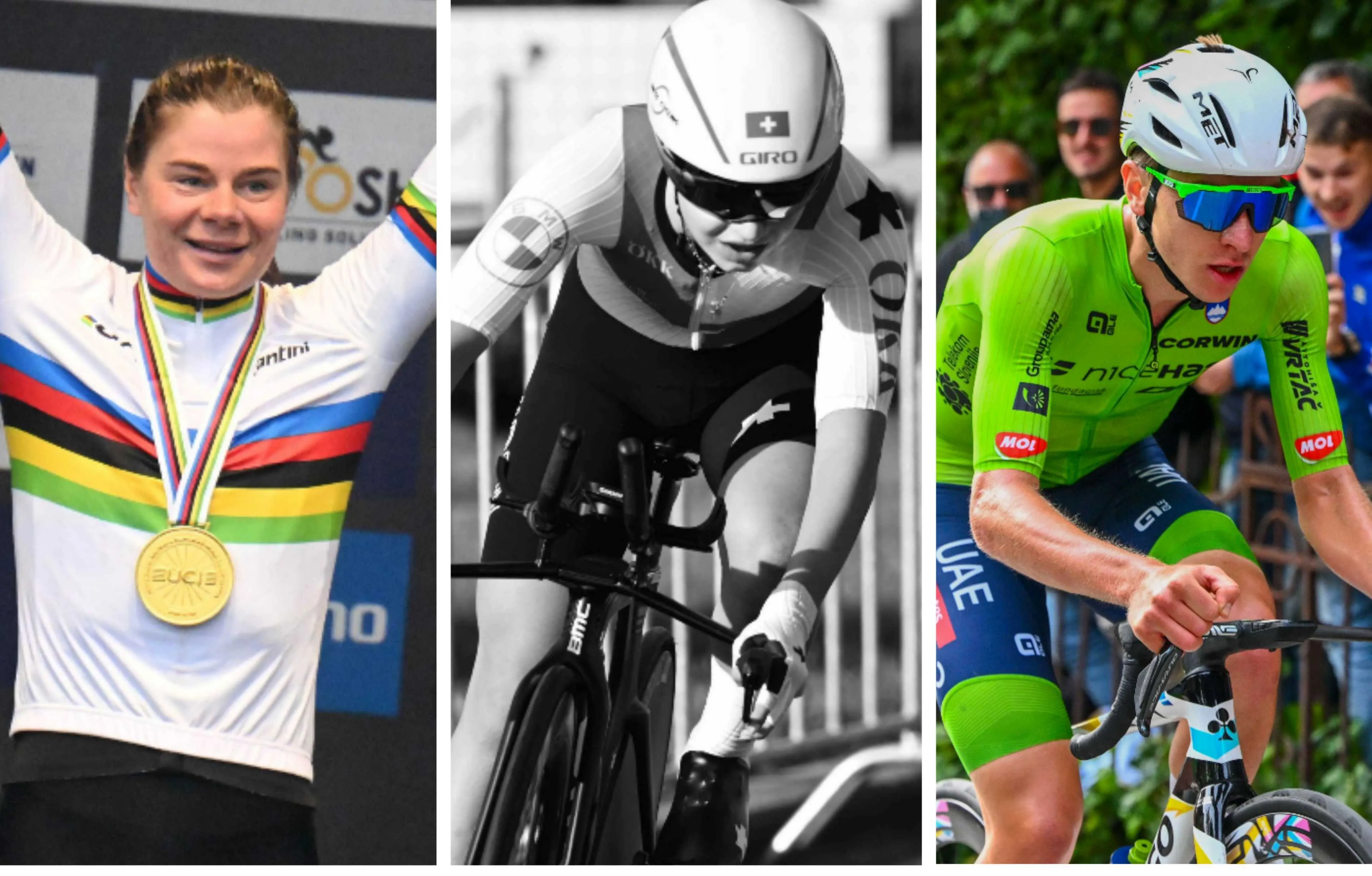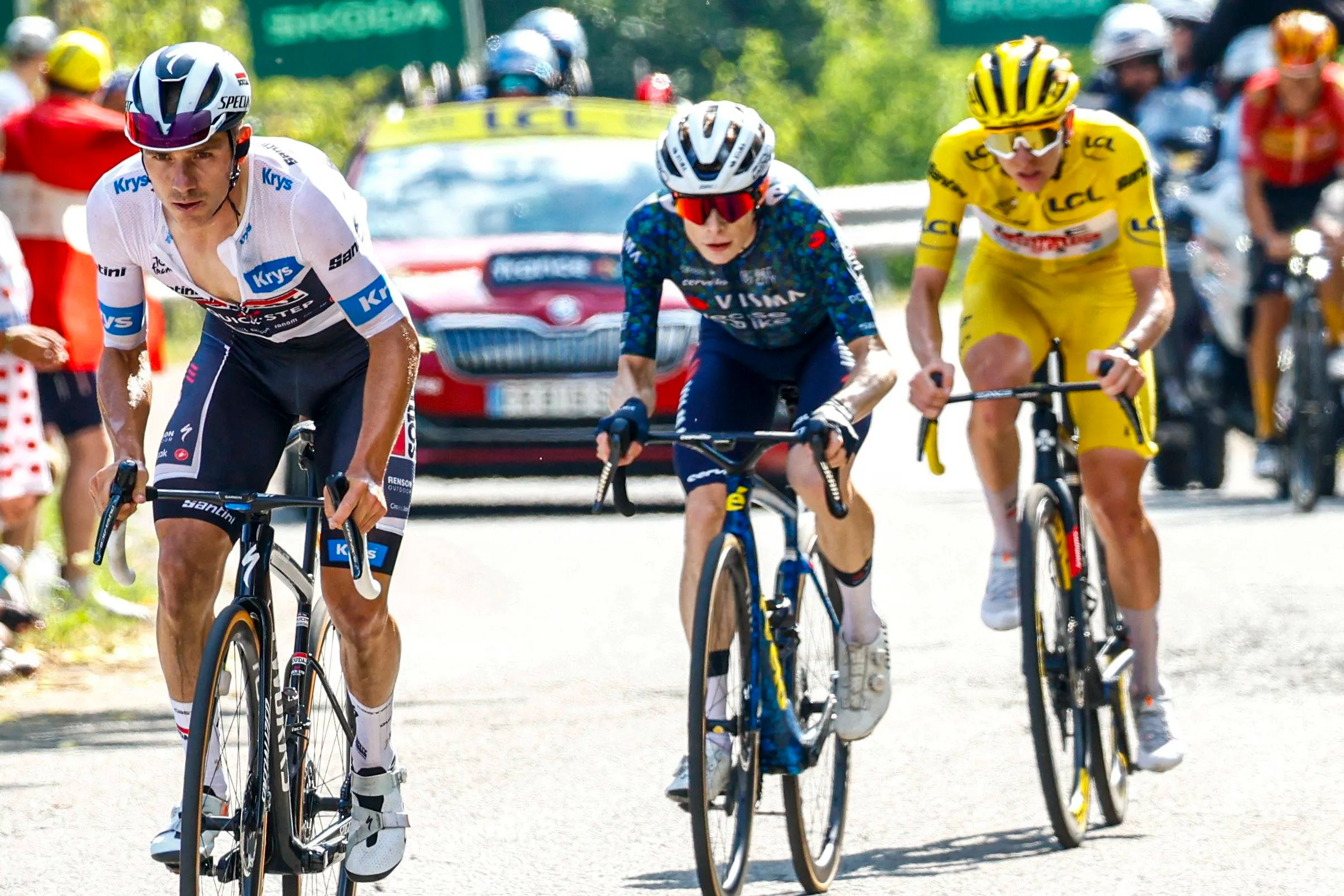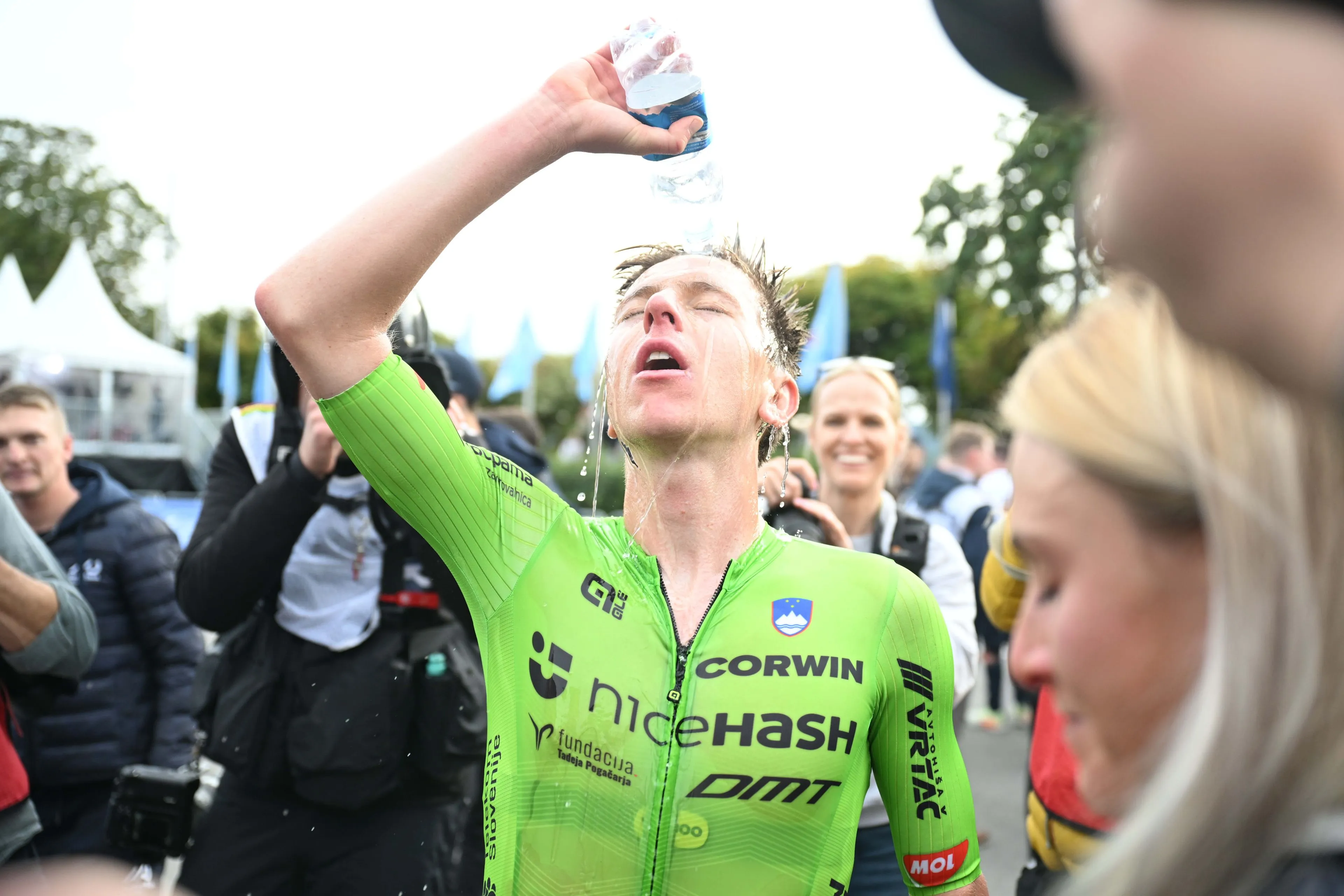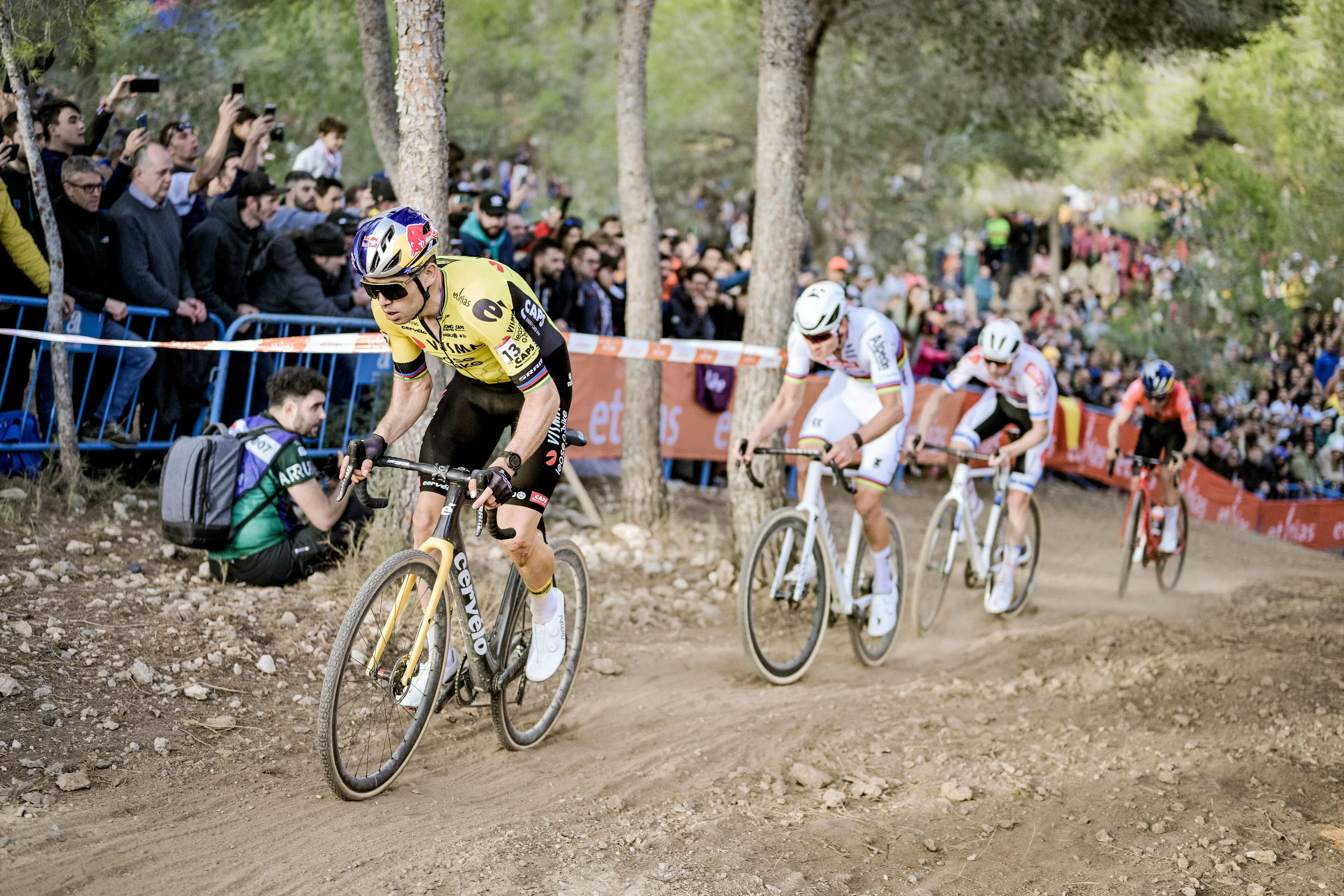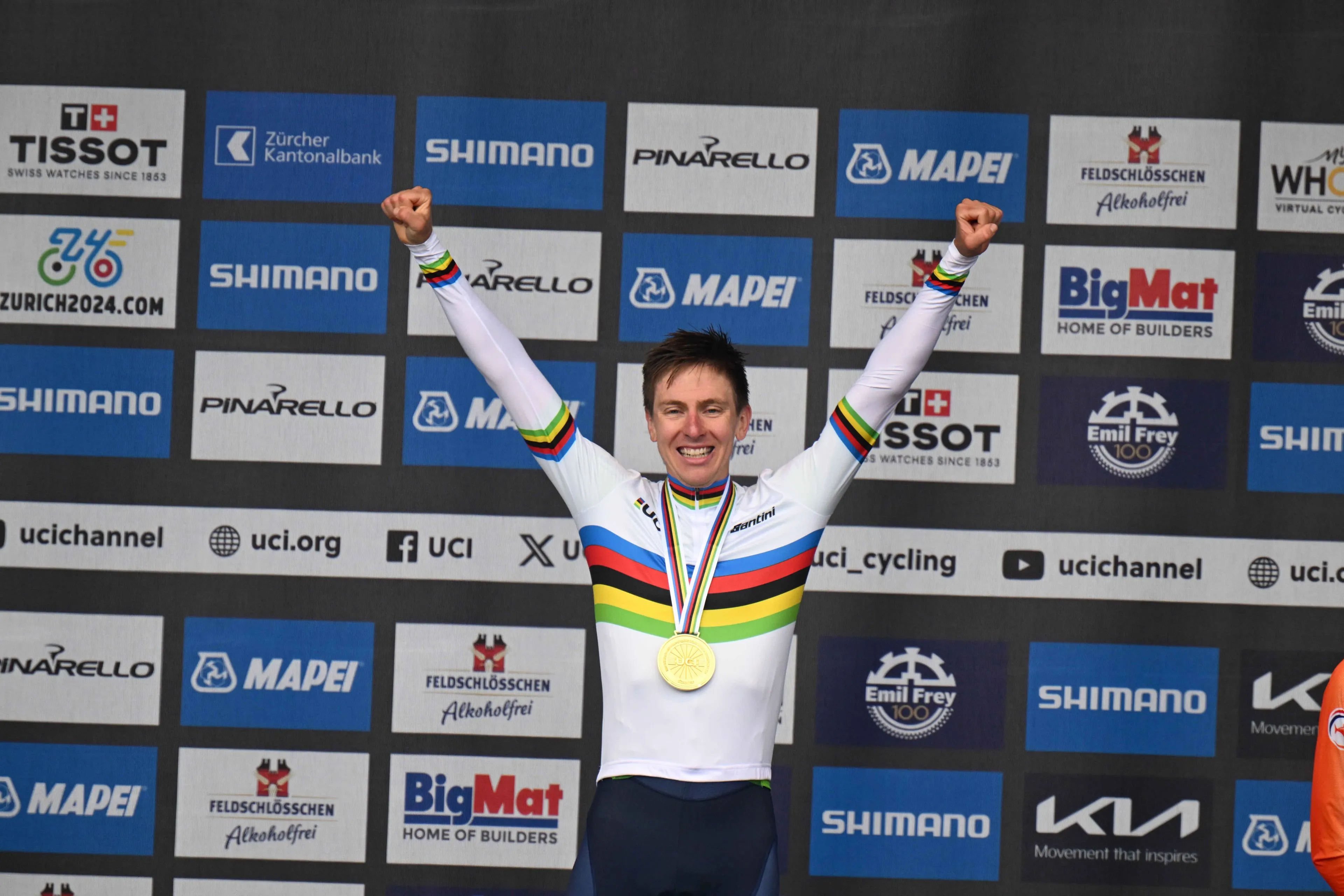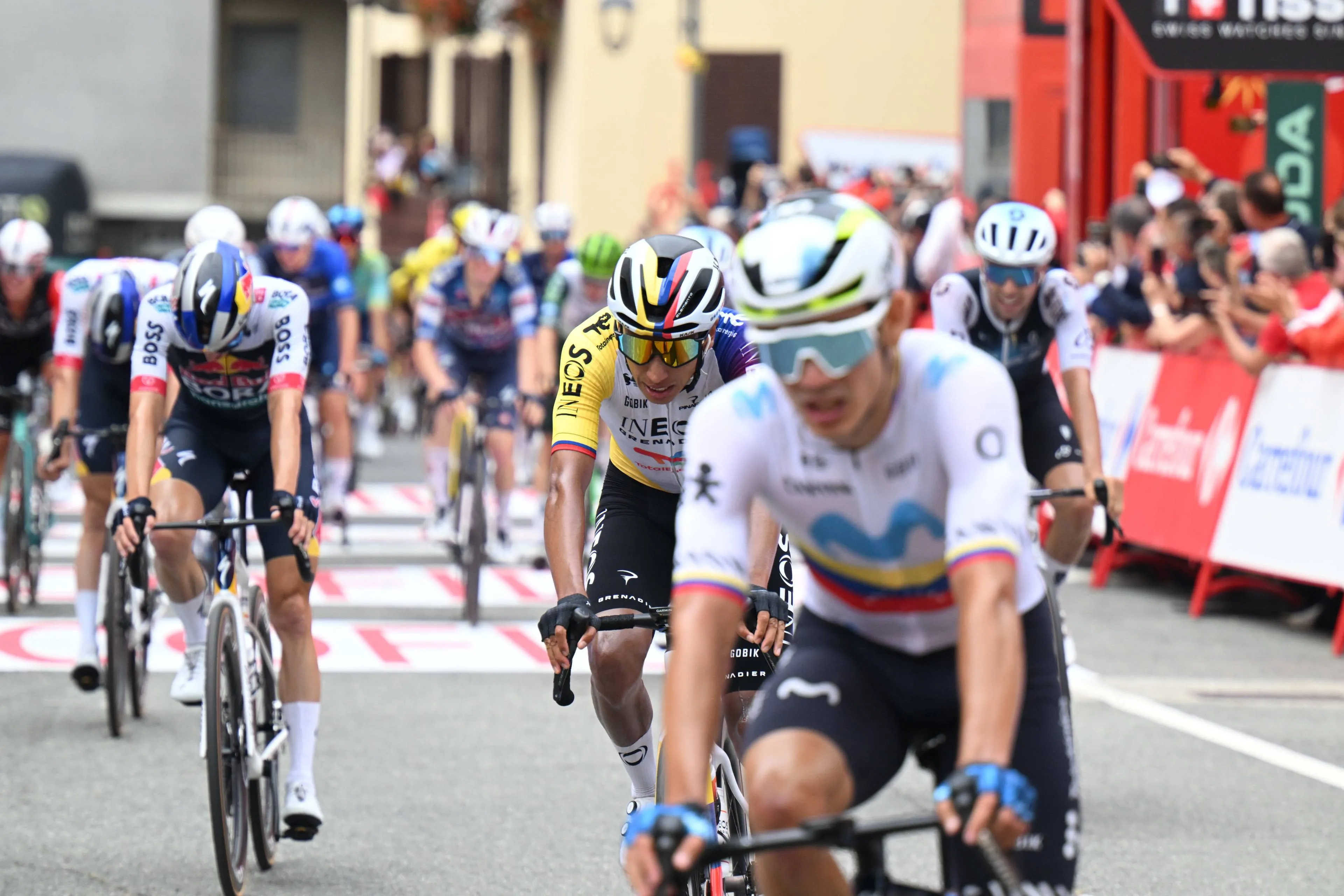ANALYSIS | Is American road racing in decline? Exploring the future of cycling in the USA
CyclingThursday, 03 October 2024 at 19:00
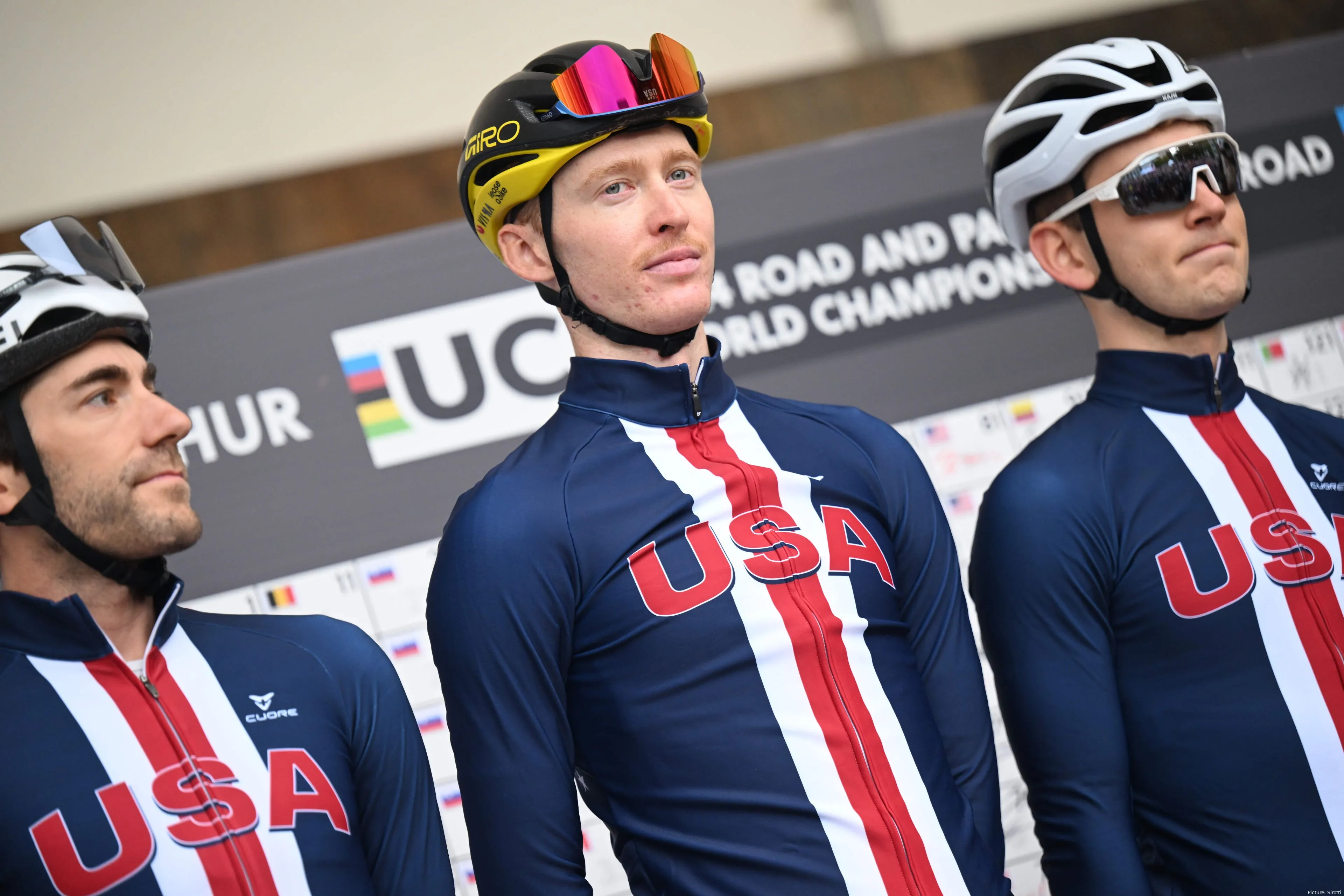
As the 2024 road cycling season draws to a close, one can’t
help but reflect on the current state of American road racing. Once a
burgeoning force in the sport, the U.S. now finds itself in a precarious
position, with fewer top-level teams, a dwindling presence in the European
peloton, and an increasingly difficult pathway for young cyclists aiming to
break through. At a glance, it’s tempting to declare American road racing in
decline, but is that truly the full story?
In this series, we’ll explore the landscape of American road
cycling, analyzing how we got here and whether a resurgence might be on the
horizon. In this first article, we’ll introduce the key themes driving the
conversation, from the steep challenges faced by the sport domestically to the
rays of hope provided by the likes of Matteo Jorgenson and Sepp Kuss. We’ll
also preview the coming articles, which will tackle everything from the
financial woes stifling growth to the rise of alternative cycling disciplines
like gravel racing.
Read also
Where are the US teams?
Perhaps the most glaring indicator of American cycling’s
struggles is the diminishing number of US-based teams at the sport’s highest
level. Currently, the USA. boasts just two World Tour squads: EF
Education-EasyPost and Lidl-Trek. This is a stark contrast to previous decades,
when American teams were a regular feature of the European peloton. Iconic
squads like Motorola, Discovery Channel, and BMC Racing helped elevate American
cycling on the global stage, contributing to a vibrant era for the sport in the
U.S. Today, however, that presence has dwindled considerably.
So, what has caused this downturn? The primary culprits seem
to be a lack of participants and, more critically, dwindling funding to host
major events. The Tour of California, once a premier race on the U.S. calendar
and a vital stepping stone for young American riders to prove their worth, was
cancelled in 2019. Tour of Utah, Colorado Classic and even most recently the emergent Maryland Cycling Classic were also amongst those cancelled. With fewer high-profile races
on home soil, American riders are forced to head overseas earlier in their
careers, often struggling to find opportunities in a European-centric sport.
While nations like Belgium, the Netherlands, and France
continue to foster talent through well-funded grassroots programs, the U.S. has
fallen behind. The pipeline of young American riders coming through the ranks
has slowed, leaving the country with a smaller pool of talent at the sport’s
highest levels.
Read also
Despite these challenges, all is not lost. One rider, in
particular, has given American cycling fans something to cheer about in 2024:
Matteo Jorgenson. At just 25 years old, the Californian has emerged as one of
the most exciting prospects in the sport. Jorgenson has had a strong season in 2024,
and was the winner of Paris-Nice, a prestigious stage race that has long served
as a proving ground for future Grand Tour contenders. His aggressive riding
style and tactical intelligence have made him a standout in the peloton, and
many believe he could be the country’s best hope for a future Grand Tour
victory.
Jorgenson’s 2024 campaign wasn’t just about Paris-Nice. He
came agonizingly close to winning a stage at the Tour de France, only to be
beaten by the relentless Tadej Pogacar. Despite this disappointment,
Jorgenson’s performances at the Tour showcased his versatility, and his role as
Jonas Vingegaard’s key mountain domestique only added to his reputation.
Alongside these achievements, Jorgenson also claimed victory at Dwars door
Vlaanderen, a significant one-day race that further highlighted his all-around
ability.
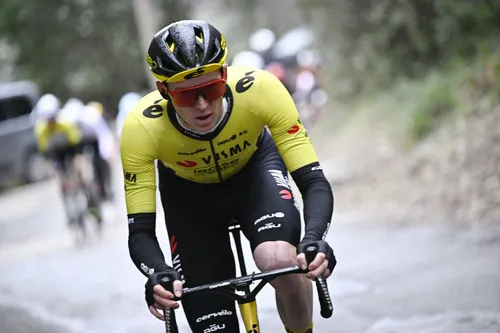
Matteo Jorgenson has been one of the revelations of 2024
Could Jorgenson be America’s next Grand Tour champion? The
potential is certainly there, and his rise offers a glimmer of hope in an
otherwise bleak period for American road racing.
While Jorgenson’s star continues to rise, another American
rider has faced a more difficult 2024 season: Sepp Kuss. In 2023, Kuss made
history by becoming the first American in over a decade to win a Grand Tour,
triumphing at the Vuelta a España. His victory, achieved while riding for
Jumbo-Visma, was a moment of triumph not just for Kuss but for American cycling
as a whole.
However, 2024 has been a challenging year for Kuss. After
contracting COVID-19, he missed the Tour de France, where he was expected to
play a crucial role in helping Jonas Vingegaard defend his title. His attempt
to defend his Vuelta crown fell flat, with Kuss finishing a distant 14th, more
than 20 minutes behind the winner. While Kuss’s struggles this season have been
well-documented, it’s worth remembering that cycling careers are full of peaks
and valleys. Kuss remains one of the most talented climbers in the world, and
with the right support, he could still return to his best.
Read also
European Dominance and American Struggles
Jorgenson and Kuss represent the brightest American
prospects, but their presence in the sport’s elite is relatively small compared
to the country’s size. European riders have largely dominated the sport in
recent years, and Americans have struggled to break through. Riders like
Pogacar, Vingegaard, and Remco Evenepoel have set an extremely high bar, and
while the U.S. has produced talented riders, they’ve often found it difficult
to match the consistency and success of their European counterparts.
Part of the issue lies in the structure of American cycling
itself. With limited funding and a dwindling race calendar, American riders
lack the same developmental opportunities that their European peers enjoy.
Additionally, the closure of the Tour of California has further stymied the
growth of American road racing, as young riders now have fewer chances to race
on home soil.
Read also
The Rise of Gravel Racing
While road racing has faced significant challenges, it’s
worth noting that other cycling disciplines have seen a surge in popularity in
the U.S. In particular, gravel racing has become a major trend, with events
like Unbound Gravel attracting elite cyclists from around the world. Gravel
offers a different experience from traditional road racing, combining endurance
with off-road technical skills, and it’s a discipline that has captivated many
young American riders.
As gravel racing grows, it raises an interesting question:
Could this be taking talent away from road racing? With more prize money,
sponsorship opportunities, and media attention flowing toward gravel events,
young athletes may see it as a more viable career path than the increasingly
difficult road to success in professional road cycling.
Read also
What’s Next?
So, why are there so few Americans at the forefront of the
professional peloton? Is it due to a lack of funding, waning interest, or are
other cycling disciplines more attractive to younger athletes in the USA? In
the coming articles, we’ll dive deeper into the issues facing American road
racing, from the grassroots level to the World Tour. We’ll also explore the
role of gravel racing and ask whether American cycling can reinvent itself in
the years to come.
claps 1visitors 1
Just in
Popular news
Latest comments
- Was better prior to last year...
 leedorney06-01-2026
leedorney06-01-2026 - Always been a weird team
 leedorney06-01-2026
leedorney06-01-2026 - "there is nothing special about Van Aert's ride to Montmartre." So one of the heroes of the sport winning an iconic stage in the TdF isn't even a bit special?mobk06-01-2026
- Add that to the injury history plus his age and Wout has tough year ahead of him.Cyclingsbestfan06-01-2026
- That was the beautiful thing about the pandemic... Zero spectators and racers could race. The camera microphones were able to pick up the labored breathing of the athletes.
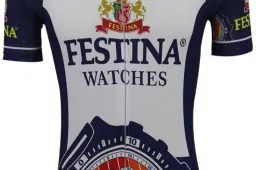 Front24206-01-2026
Front24206-01-2026 - Any reason why the law should treat different categories of people differently? Don’t we have enough spite and discrimination already, including in justice systems?Mistermaumau06-01-2026
- Marriage & children will bring a cycling career to an end.
 Front24206-01-2026
Front24206-01-2026 - You're a funny man. You wrote that Pogi is boring and then you list all these others. Aren't they boring? Same as Jonas. But Tadej, for you he's boring! The man who put on a show in Montmartre and without whom we wouldn't have anything to discuss.MajorPayne06-01-2026
- Pogacar, Vingegaard and with high probability Lipowitz, Ayuso, Almeida, del Toro, Seixas. Maybe he could win a TdF with a miracle (multicrash eliminating pogi, vingo, etc) 5 stages of flat TT and all the galaxies aligned. He's 26, only one year younger than Pogacar. So age isn't working in his favor either.
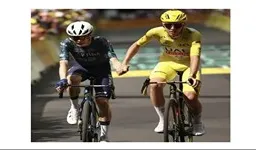 maria2024202406-01-2026
maria2024202406-01-2026 - Yes, we would be talking about Wout's phenomenal ride. The immense crowds that showed up that day - what was it, 500k? - did so with no knowledge that Pog would contest. He added to it, for sure, but that scene has its own drama, and Wout is one of most appealing figures in the sport. Any argument to the contrary is silly. As for what we have to discuss, try answering the question I asked. Why is only Jonas at fault? Why not Lipowitz, Onley, Healy, Roglic, etc?MidnightRider06-01-2026
Loading
6 Comments
